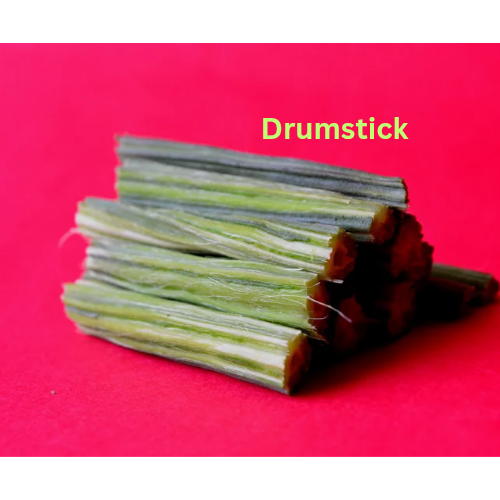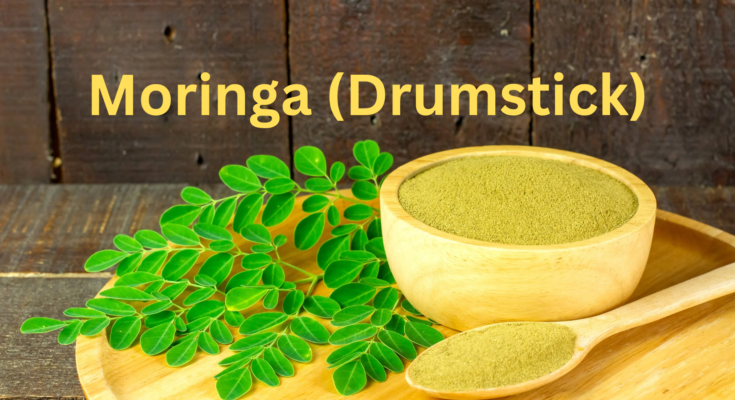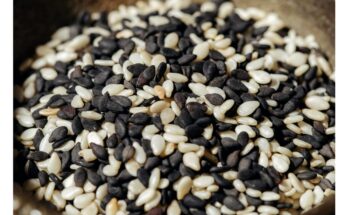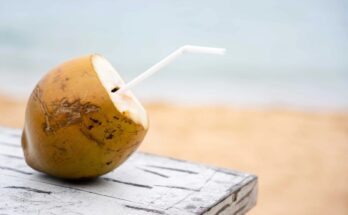Moringa (Moringa oleifera) is a plant native to the Indian subcontinent. It is commonly called the drumstick tree because of its long, slender seed pods. This tree is known for its many health benefits and is used in both food and traditional medicine. Almost every part of the moringa tree—leaves, seeds, flowers, bark, roots, and sap—can be used in some way.
Moringa Leaves: Packed with Nutrition
The leaves are the most nutritious part of the tree. They contain:
- 79% water
- 8.3% carbohydrates
- 9.4% proteins
- 1.4% fats
Moringa leaves are rich in calcium and iron, but they also contain tannins and oxalates—natural compounds that prevent the body from absorbing these minerals. As a result, even though the leaves have a good amount of calcium and iron, our bodies absorb very little. These compounds are called anti-nutrients because they reduce nutrient absorption.
Moringa Pods: A Fiber-Rich Superfood
Moringa pods, also known as drumsticks, contain:
- 88% water
- 8.5% carbohydrates
- 2.1% proteins
- 0.2% fats
Raw pods have a very high amount of vitamin C, but since they must be cooked before eating, some of this vitamin gets lost. The pods are also full of fiber. However, people usually chew them, extract the soft flesh, and throw away the tough, fibrous outer skin.

Traditional Uses in Ayurveda
In Ayurveda (traditional Indian medicine), moringa leaves are believed to help with digestion and intestinal parasites, while the seed pods are said to:
- Improve vision
- Reduce stomach issues and swelling
- Help with sleep disorders
- Support weight loss and strength building
Moringa oil, extracted from its seeds, is also used to heal wounds and treat skin conditions.
How to Eat Moringa
All parts of the moringa tree are edible, including the leaves, bark, seed pods, pulp, roots, and flowers.
- Moringa leaves can be eaten raw, cooked, or made into tea. They are also dried and ground into powder for use in flour or supplements. The leaves have a slightly bitter, grassy taste similar to horseradish. To balance their flavor, they are often added to curries, dals, sambars, and chutneys. They go well with ingredients like:
- Chillies, tomatoes, onions, potatoes
- Shrimp, fish, chicken
- Coconut milk, garlic, ginger, and turmeric
- Tip: Avoid overcooking the leaves to prevent bitterness.
- Moringa pods are usually roasted or cooked. Since their outer skin is tough and fibrous, only the soft inner pulp is eaten.
- Moringa seeds contain about 40% oil, known as ben oil, which is edible, non-sticky, and has a mild, sweet taste.
Moringa is a highly nutritious and versatile plant, making it a great addition to a healthy diet!




